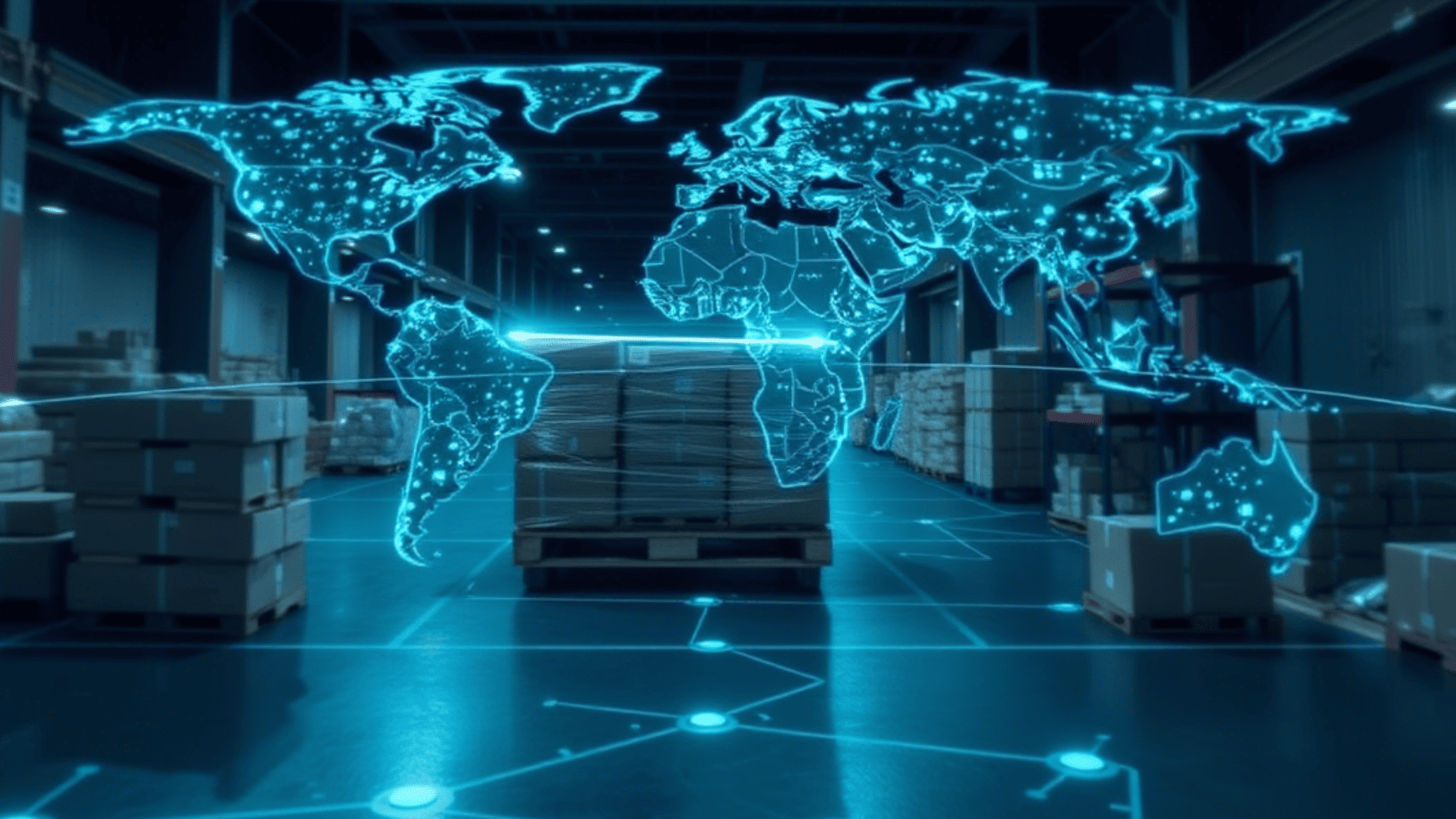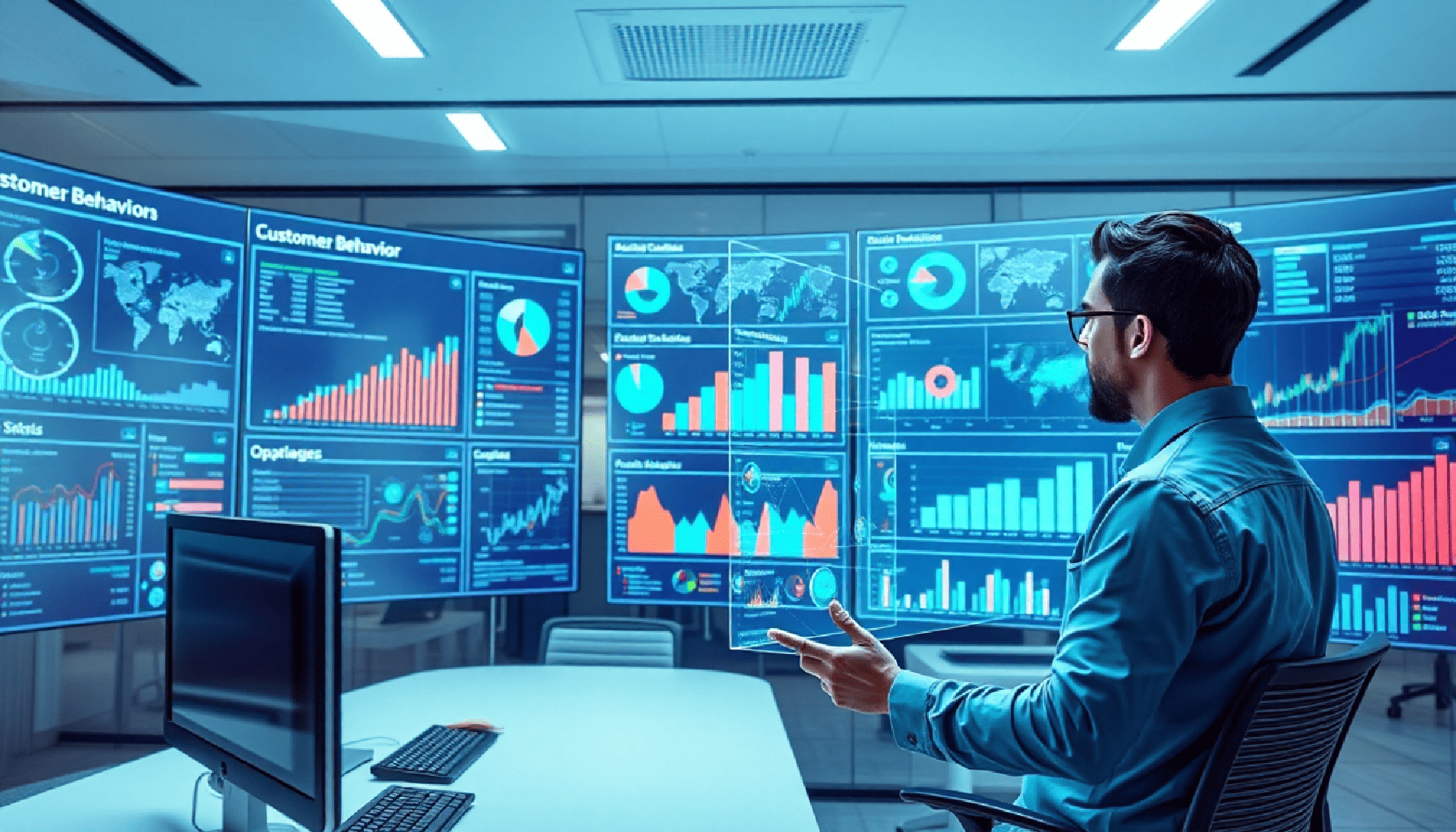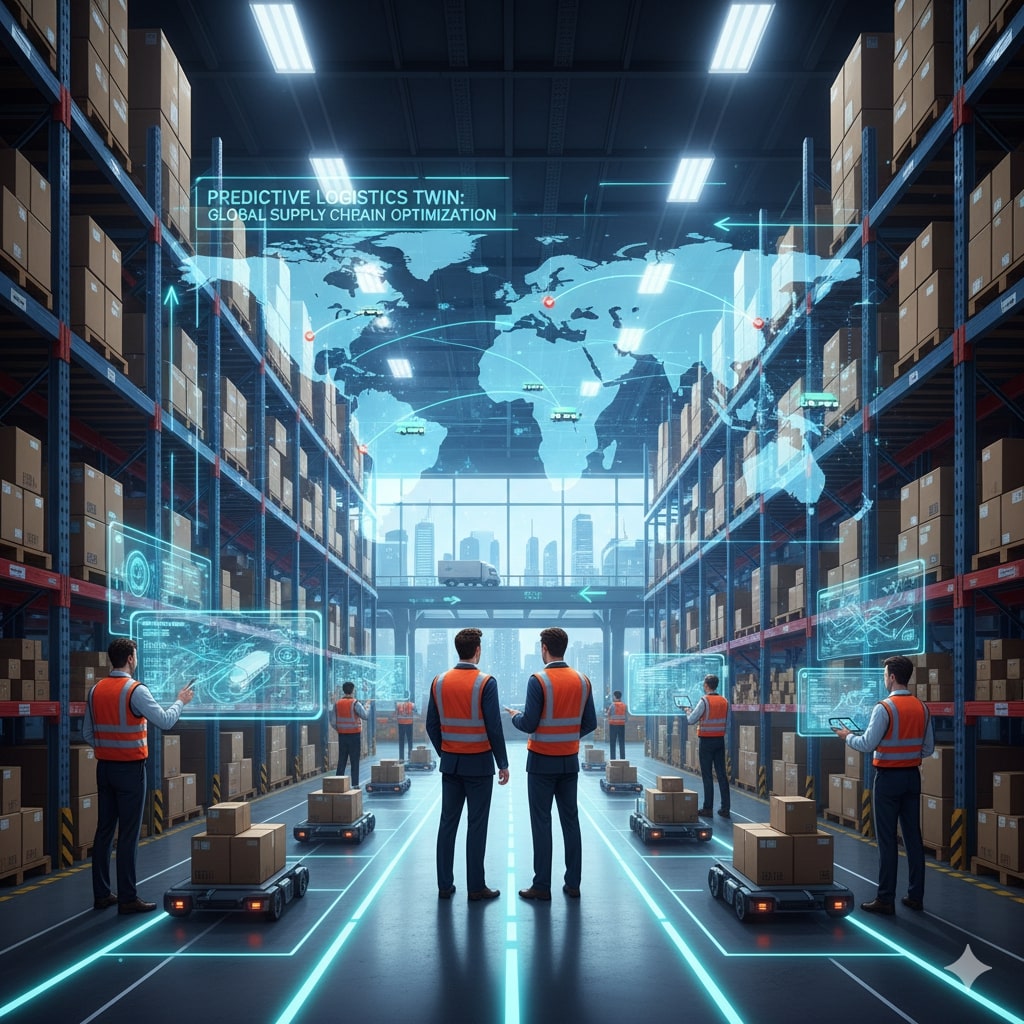We are all in a state of anticipation, awaiting an important package. But that package arrives with nothing more than the perfunctory status, "in transit." Where the package is, when it will arrive if at all, and whether any problems occurred are all up for grabs. Such a situation becomes stressful and frustrating. Now imagine flipping open a delivery tracking app at any moment and seeing exactly where your shipment currently rests. If there’s a delay, you immediately get an explanation. This level of real-time parcel tracking isn’t just convenient — it builds trust in the service and makes logistics predictable.
Modern shipment visibility technology makes a level of transparency possible that not so long ago would have seemed impossible. From automated tracking systems to predictive logistics analytics, logistics are not only getting faster but also smarter. In this article, we'll delve into how the latest tracking solutions help to provide supply chain transparency, enabling companies to optimize operations, and giving customers more control and confidence in their last-mile delivery.
GPS and RFID: The Foundation of Modern Tracking
From simple phone calls and paper invoices to complete digitizations for the sake of full transparency, delivery logistics literally has come a long way. In the past, companies could not do anything to track shipments: They could rely on updates from the carrier, but in the end, it all depended on how timely a delivery was supposed to happen. Today, thanks to technology, parcels no longer "disappear" on the way — they leave behind digital footprints, available anytime.
Two key tools that made this possible are GPS tracking and RFID tracking. These smart tracking systems turned logistics into an exact science, where every kilometer of the route is recorded and every shipment can be tracked to the meter. But how do these technologies function and what do they provide to organizations and customers?
GPS: Accurate Location Tracking
Geolocation-based tracking enables live monitoring of vehicles and their routes. Companies using such technology are able to see how the cargo moves as well as predict the delays, where it becomes necessary, to quickly reroute. For example, if an accident happens or there's a traffic jam, an alternative route is proposed by the system at once, thus minimizing delay risks. It affords time savings and reduces fuel costs while improving general efficiency. More precise delivery windows and the possibility of checking real-time order tracking translate into customers' satisfaction.
RFID: Speed and Automation
RFID tracking works differently — it automates the identification and monitoring of goods at every stage of transportation. With special tags fixed on packages or pallets, it allows a swift and contactless reading of data that speeds up cargo processing. This removes manual scanning at warehouses, saving time and reducing errors. Moreover, it ensures end-to-end traceability. Last location records have been set into the system in cases where the shipment is either lost or has been discovered stolen mysteriously. This is most crucial for those deliveries that are time-critical like medical supplies or high-value items.
Today's reality of logistics is one where GPS tracking and RFID evidence have molded something of a world where real-time visibility and supply chain transparency are the standards-not the luxuries. But what’s next? Can these technologies further improve the parcel tracking process, or will even more advanced solutions take their place?
Big Data and AI in Logistics: When the System Knows More Than the Driver
Over 57% of logistics companies have already adopted AI to some extent — and this is just the beginning of a new logistics era. At the heart of this transformation is Big Data in logistics: vast volumes of information coming from GPS trackers, sensors, warehouses, weather services, and even social media. Machine learning algorithms process this data in real time, identifying patterns that humans simply cannot see. They analyze everything: delay histories, weather changes, road conditions, urban traffic patterns, and even driver behavior.
In modern logistics tracking systems, AI acts as a logistics “oracle”: it knows a shipment will be stuck at customs even before it happens or predicts an accident that will block a road tomorrow. In this model, logistics moves from reactive — responding to problems after they occur — to predictive logistics. It becomes proactive: rerouting deliveries, reserving alternate warehouses, and reallocating resources to save time and money.
We’re moving toward a smart delivery model where vehicles don’t just move — they make decisions. In this future, delays feel like relics of the past. Shipments move like a well-orchestrated symphony: every action planned, every minute used. And the conductor? The synergy of Big Data in logistics and AI-powered tracking.
Blockchain: A New Level of Transparency
Nobody likes uncertainty — especially when it comes to a package that was supposed to arrive yesterday. Blockchain in delivery is increasingly becoming the “third party” that both companies and customers can trust. Its main advantage is immutability: once a record is created, it cannot be changed or deleted. Every step — from packaging to final delivery — is logged in an open, verifiable chain.
Unlike traditional databases, blockchain logistics records are permanent — like a footprint in concrete. This openness changes the game: customers no longer rely solely on the words of a delivery service. They can see the full history of their shipment tracking in just a few clicks — no hotlines, no stress.
For businesses, this means fewer disputes, lower support costs, and fewer damaged reputations. Most importantly, it builds loyalty. An informed customer is a returning customer. Blockchain in delivery doesn’t solve all logistics problems, but it builds a new culture of delivery transparency — where nothing is hidden. This is technology working not for flash, but for trust — in its most practical sense.
Parcel on the Map, Trust in Your Pocket: How Mobile Trackers Are Changing the Game
The customer no longer just waits. They observe, analyze, and even predict. Today’s mobile delivery apps have turned parcel tracking into a mini command center in your pocket. No more abstract “in transit” — now it’s a live dot on a map, detailed movement updates, and push notifications for every step — right up to “your courier is outside.” This is more than convenience — it’s control. And it changes everything.
When a customer can see a real-time parcel location, trust grows — without the need for promises. There’s no room for guesswork or disappointment: everything is transparent, everything is inside one interface. With interactive trackers that update by the minute, it creates a sense of presence — as if the package isn’t “somewhere in the system,” but always within view. Add features like feedback submission, delivery location changes, or direct courier contact — and you get a whole new level of interaction.
These technologies don’t just reduce the burden on customer support. They redefine how companies communicate with clients. Trust becomes not just an abstract idea but a UX feature of delivery apps — measurable through open communication, reduced stress levels, and repeat orders. Most importantly, the customer no longer feels like a passive passenger. They become an active part of the process.
Pandabox — A New Standard in Delivery Control
Pandabox is our flagship product for managing last-mile delivery. We’ve built a system that combines automated order distribution, an intuitive delivery mobile app for couriers, and real-time delivery tracking for customers. With our solution, customers can track their order’s real-time location and get accurate arrival estimates. The couriers gain access to an easy interface where they can obtain all of the information required for a speedy and efficient delivery process. Administrators have the ability to view vivid analytics and organized operations via a synchronizable operational dashboard.
Pandabox is adaptable to any company and readily integrates into current delivery management systems, thereby providing scalability and flexibility. This is not just a tool; it is a complete solution to redefine logistics and enhance business efficiency.
The Future of Delivery
So what’s next? What does the future of parcel delivery look like when technology not only increases accuracy but makes the process fully transparent?
In the coming years, we’ll see how the integration of systems — from blockchain logistics to AI-powered delivery solutions — will transform logistics into a fast, intelligent ecosystem where every detail is accounted for. Logistics will no longer be just a service, but an active, interactive part of our everyday lives. Customers will not only track their parcels — they’ll make real-time delivery decisions, reroute shipments, or communicate directly with couriers, with no middlemen.
Technology is opening the door to adaptive delivery services that not only build trust but also create real partnerships between businesses and clients.

Conclusion
The evolution of delivery tracking shows one clear truth: transparency builds trust. From GPS and RFID to blockchain and AI-powered analytics, modern logistics no longer leaves customers guessing — it keeps them informed at every step. Real-time visibility is no longer a competitive edge, it’s an expectation.
For businesses, this shift is more than operational efficiency — it’s about customer confidence, loyalty, and brand reputation. The companies that embrace predictive logistics, mobile-first parcel tracking, and open data systems will lead the way in shaping delivery as an interactive experience rather than a waiting game.
The future of logistics isn’t just faster — it’s smarter, more transparent, and deeply customer-centric. And in this future, every package on the map means more than a delivery — it means trust in your pocket.
Key Takeaways: Delivery & Tracking
- Real-time tracking builds trust, transparency & reduces frustration.
- GPS & RFID enable precise location monitoring and automated logistics flow.
- AI & Big Data shift logistics from reactive to predictive, boosting efficiency.
- Blockchain ensures immutable records, reducing disputes and building loyalty.
- Mobile tracking apps turn users into active participants, not passive waiters.








